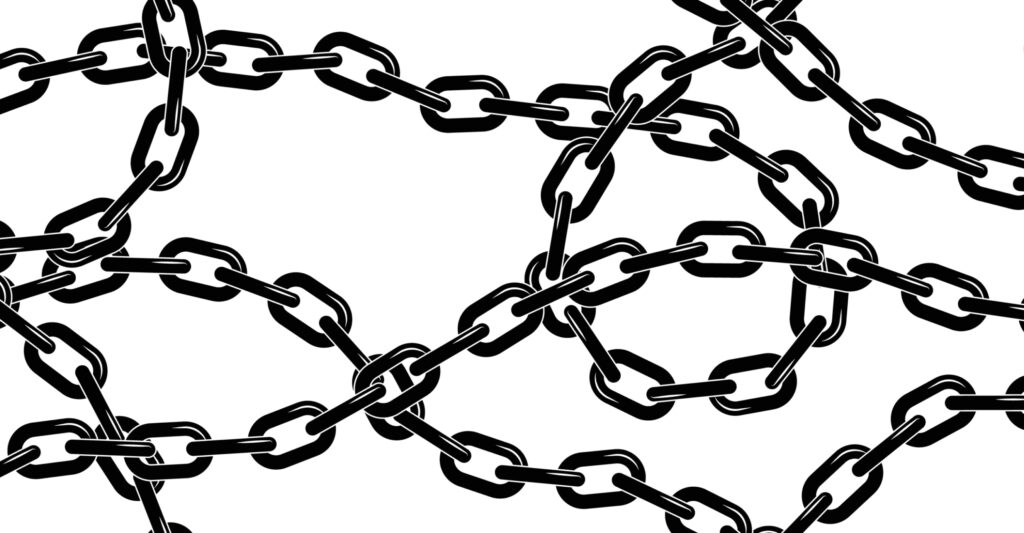If we’ve learned anything from the past few years, it’s that disruptions can happen without warning. For mission-driven organizations facing tight budgets and uncertain futures, your website is often the first line of communication with the members, donors, and the communities you serve.
Recent data paints a clear picture of the challenges associations face today: 40% worry about research funding cuts, 35% are actively re-evaluating budgets, and 30% report increased demand for policy updates and guidance. Your website needs to deliver critical information when your members need it most, even as resources tighten.
But creating a resilient website isn’t about complex technology or expensive solutions. It’s about thoughtful planning, clear priorities, and practical approaches. Let’s break down what makes a website truly ready for when things go sideways.
Technical Foundations: The Basics That Matter
Here at Yoko Co, we host hundreds of websites mission-driven organizations, and so we’ve spent a lot of time planning and implementing solid technical foundations to keep them resilient during crises. Whether you’re evaluating hosting providers or handling things in-house, here are a few of the things we’ve found that make the biggest difference:
- Make sure your website can handle sudden traffic spikes. During emergencies, website traffic can multiply as members seek critical updates. Traditional website hosting often buckles under this pressure. In our case, we’ve opted to provide scalable cloud hosting for our clients that can easily flex to handle unplanned bursts of visitors.
- Actually check that your backups work. Many organizations assume their backups are functional without verification. We’ve heard about way too many cases where backups failed when they were needed most, leading to that special kind of panic that makes coffee unnecessary for days.
- Know immediately if your site goes down. Uptime monitoring alerts you to problems before your members start calling. We use a couple of systems, one internal and one external, for redundancy, so we never miss a notification when something has gone wrong.
- Understand high-availability options. While maintaining multiple, live redundant servers in different locations provides the ultimate protection, this approach can be costly and complex, especially when it comes to keeping your content in sync. For a lot of mission-driven organizations, a solid backup strategy and quick recovery plan can offer a more practical balance of resilience and affordability.
Content Strategy for Crisis: The Real Priority
While solid technical foundations keep your website running, an effective content strategy determines how well you communicate during a crisis. Both elements need to work in tandem. Here’s what to focus on for your content approach:
- Create emergency web pages before you need them. When a crisis hits, you won’t have time to design thoughtful communications. Build templates for crisis announcements, emergency services, and status updates now, while you can think clearly. Frantically googling ‘how to write crisis announcement’ at 2 AM is not the way to go.
- Make it clear who can post emergency messages. Confusion about who has authority to publish critical updates leads to dangerous delays. Document exactly who can approve crisis content and make sure multiple people have publishing access.
- Check that emergency information works on phones. During power outages or evacuations, mobile devices become the primary way people access information. Test your crisis pages on various devices to confirm critical details remain accessible.
- Decide what content matters most. If you face resource constraints, which parts of your website must remain functional? Identify the core services your community needs during disruptions and prioritize them over less critical features.
Crisis Governance: Lessons from Our Own Emergency Drills
Our team regularly runs through a comprehensive set of tabletop website security and crisis response exercises that test our disaster recovery plans, emergency response capabilities, and what to do in the event a family of raccoons sets up a nest inside one of our web servers over a holiday weekend (bribe them with peanut butter). Here are a few of the things we’ve learned from this experience:
- Small, focused teams outperform large committees. During our exercises, we found that a small core team who remain calm under pressure and represent different functional areas (technical, communications, leadership) delivered the fastest, most effective responses. Even with a small team, it’s important to have a clear hierarchy (i.e. “Battle Stations”).
- Decision trees streamline response times. Creating “if this, then that” instructions for common scenarios like website outages, security breaches, and emergency announcements help our team move quickly and confidently through various simulations, and in real-life incidents.
- Multiple communication channels provide reliability. In one exercise, we simulated the failure of primary communication tools. After all, a lot of the underlying infrastructure behind websites (like AWS and Google Cloud) are also used to power communication platforms (like Google Workspace and Slack). Having independent fallback channels that will work in a widespread outage is critical.
- Regular practice reveals valuable insights. Every time we run through our security exercises, we uncover new potential scenarios and possibilities. Plus, being able to turn emergency response into muscle memory and instinct means no one loses their cool when things get wild.
Technology Considerations: Simple But Important
Before getting too far into advanced technical solutions, you’ll want to start by making sure you have strong fundamentals.
- Consider making critical information available offline. For truly essential content, explore options that allow information to be cached (or saved) on users’ devices. This approach isn’t right for everyone, but for organizations providing emergency services, it can be worth the investment.
- Plan for graceful degradation. Feature-rich websites with complex integrations are valuable but have more potential points of failure. A site that can maintain critical functions even when certain components fail can be key during a major incident. During development, consider how each feature would behave during partial outages and think about building in fallback options for essential services.
- Know what might break and have a plan. Document your website’s dependencies and connections to other systems. Because when things get in the weeds, you don’t want to be playing digital detective while simultaneously explaining to your board why the donation form is suddenly collecting recipes instead of credit cards.
Moving Forward: Resilience Is a Process
Building and maintaining a crisis-ready website isn’t a one-time project—it requires ongoing attention and work. Organizations navigating today’s unpredictable landscape need websites that remain functional even when challenges arise.
Between watching for security vulnerabilities, testing backups, monitoring uptime, and keeping plugins updated, it’s a lot to manage alongside your actual job. This preparation takes time and effort. But when a crisis strikes, and eventually one will, you’ll be thankful for every minute you invested in readiness. The organizations that weather storms the best are the ones that prepared while the skies were clear.
Ready to make your website crisis-ready?
Could you handle all this yourself? Absolutely. But it pulls valuable time away from your mission-focused work. That’s exactly why we put together our Total Website Health Package. We handle the technical details so you can focus on your mission, even during uncertain times.
Latest Posts
Beyond Compliance: Why Accessible Websites Still Fail Users
When it comes to accessibility, focusing solely on compliance means you’re probably missing out…
Keep ReadingThe Honest RFP Guide: Finding Your Ideal Web Partner
Your organization needs a new website, and you’ve been tasked with finding the perfect…
Keep ReadingProtecting Your Association Website: Essential Security Measures You Can Implement Now
Let’s start with the bad news. Association websites have become prime targets for cybercriminals…
Keep Reading


